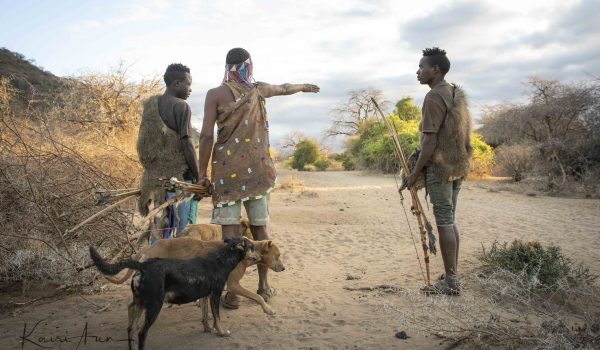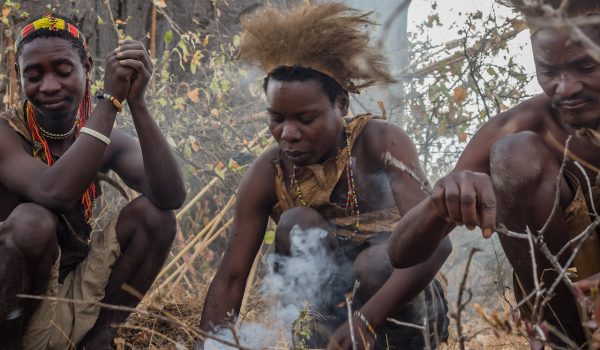Welcome to Bhutto Tours & Safaris
Cultural Tourism
The indigenous tribes of Tanzania benefit from cultural tours, which give them an amazing experience. The tribes of Tanzania can be visited to learn about their customary beliefs, dances, pastoral lifestyle, festivals, marriage rituals, polygamous practices, food, and way of life. While visiting these tribes, you will come to appreciate how kind Tanzanians are to tourists. After experiencing Tanzanian culture, many visitors have made the permanent decision to stay.
Since the first foreign immigrants landed on the East African coast, migration and inter-marriages have had a significant impact on Tanzanian culture. This makes it feasible to observe both some of Tanzania’s most agrarian tribes and those who have embraced contemporary lifestyles in big towns and islands.
Each major town and city have a distinctive cultural identity depending on the dominant tribe in the area. Despite English being the most common language, Swahili is the official language. Although each tribal tribe still uses its language, English helps to bridge the communication gap.
You can better understand your own culture and get rid of any preconceptions you might have towards others by learning about the culture of another country. You comprehend what makes people special, why they behave the way they do, and what you may learn from them. One illustration is the significance of community-based childrearing and extended families. To learn about how people, make a livelihood, visitors can also choose to visit schools and the central market in addition to visiting indigenous tribes that live close to national parks.
Tourists’ perceptions of their own culture, cultural identity, and way of life might change as a result of well-planned cultural immersion experiences, which can also help them become more self-aware.
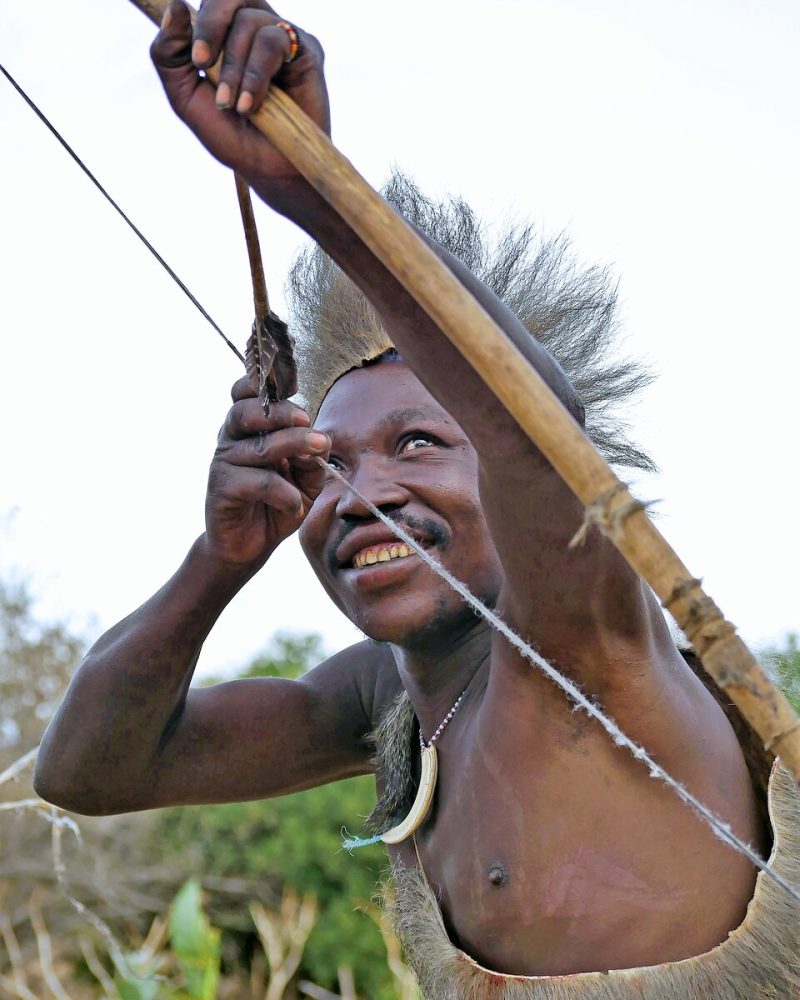
Genuine cross-cultural interactions promote growth in the mind, heart, soul, and spirit. It is encouraged to develop one's sense of self, cultural identity, and way of life. Genuine cross-cultural interactions promote growth in the mind, heart, soul, and spirit.
MAASAI
One of the few indigenous tribes in Africa whose culture has endured is the Maasai. A proud and self-assured tribe, the Maasai are renowned for their fearless warriors. Their colorful attire, jewelry, and spear-wielding manner set them out. The Maasai live a nomadic lifestyle in search of pasture and water since they are solely reliant on livestock. The Maasai inhabit small communities or groups that may contain eight to fifteen houses. Thorny walls and vegetation protect the settlements from predators. Most tourists that travel to Tanzania visit the Serengeti National Park. During this stop, a guide takes visitors to the Maasai homesteads. While staying with the Maasai, visitors can assist with caring for the goats, sheep, and cattle. Additionally, there is a chance for travelers to interact with senior citizens and learn more about Maasai culture and history. Visitors can discover how these people made use of their surroundings to treat ailments, live, and develop profitable business ventures that sustained their way of life. By participating in tribal songs, dancing, and hunting with the hunters for the day's food supply, outsiders can also join the tribe (remember, there is no refrigeration, so daily food collection is a labor-intensive chore). Visitors are invited to share their personal stories, traditions, values, way of life, and western parenting methods. Human connections are reciprocal and mutual; thus, it is appropriate for both the guest and the host to disclose personal information. Everyone gains from this chance for cross-cultural connection and development. Depending on the tribal economy, foreign tourists may come across either ranchers or hunters and gatherers. Visitors can choose to help the women and children with some of their daily tasks, including gathering twigs and firewood for cooking meals, helping with food preparation, smelling and tasting the food cooking at communal campfires, learning to weave and prepare clothes from animal hides, and safely collecting honey from rocky crevices and enormous, odd-looking Baobab trees, as well as other tasks.
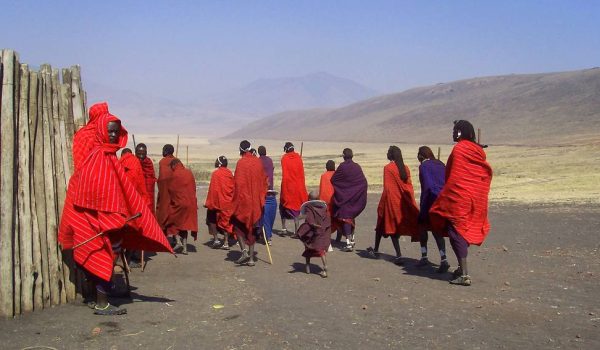
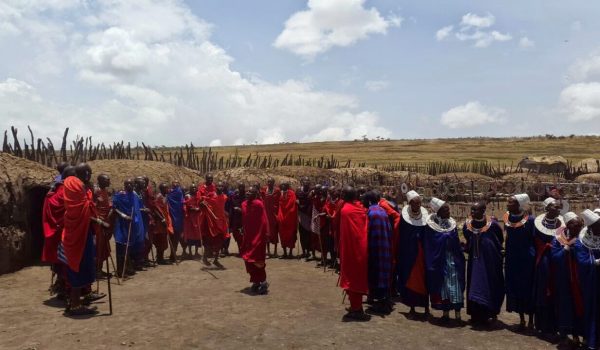
DATOGA
Tanzania is the home of the Datoga people. This diverse ethnic group is most frequently referred to as "Datoga," however "Tatooga" is also occasionally used. They are frequently referred to as Taturu, the Sukuma word for them, in the outside world. There are only a few references that mention the Datoga people. The most famous and numerous sub-tribes of the Datoga people are the pastoral Barabaig, who primarily inhabit the northern volcanic highlands dominated by Mount Hanang. This mountain serves as a major motif in Barabaig folklore and music due to its holy significance. Although they are recognized as Datoga speakers, the Barabaig are classed individually in several person directories. The Datoga are proud to be the oldest tribe in Tanzania. They are famed for their cunning ability to eliminate their opponents since, at their core, they are warriors. Around 3000 years ago, they left the Southern Sudan or the Ethiopian Highlands. Onion farmers are known as "datogas" participate in cultural exchanges and follow some Maasai customs. Your journey into the culture of Lake Eyasi would be complete if you visited the Datoga tribe. The Datoga were expert farmers and artisans. You'll go inside their homes and see how they live firsthand. Engage in their daily routines to get ready for a once-in-a-lifetime experience. The oral histories of the Datoga and their neighbors have been studied, therefore little is known about the Datoga people's history. Their migration history has been reconstructed using comparative linguistics. The Datoga people are known to as the Highlander (Southern) Nilotes in terms of language and culture. Nilotic language speakers began to settle in the affluent highlands of Kenya and Tanzania around AD 1500 as a result of their ancestors' continuous southward migration. They started herding before they started farming. These Highland Nilotes are today separated into two groups: the Datoga, who speak a language that is more distantly related, and the Kalenjin, who live in Kenya and speak a range of dialects that are closely related. The reddish-brown dress of the Datoga has helped them stand out from their surroundings. They only appear colorful from a distance due to their reddish, patched leather clothing, beadwork, and metal bracelets and necklaces. A noticeable adornment is the tattooing of circular motifs around the eyes. The Highland Nilotes are related to the Samburu, Maasai, Karamojong-Turkana, and other Plains Nilotic peoples as well as the Luo and other River Nilotic peoples. They used to be herdsmen but just switched to farming. The Datoga are known as fierce and mighty warriors. Young boys used to be obliged to kill an "enemy of the people" to prove their strength, which was defined as any non-Datoga person or one of the hazardous wild animals like an elephant, lion, or buffalo. Because the Datoga is opposed to education and development, outsiders and other Tanzanians view them as primitive. They have a high newborn mortality rate and unsanitary living conditions. Some of them converse in Iraqw, the language of their southern Cushitic neighbors. Datoga and Omotic, a second tiny community's language in northern Tanzania, are closely related. The Omotic and Datoga share the same language and are genetically and linguistically related. Although the Datoga also keeps goats, lambs, donkeys, and a few birds, cattle are by far the most important domesticated animals they retain. They share the Maasai's cultural heritage. People have used cow dung as well as cow flesh, fat, blood, milk, hide, horns, and even cow milk for religious and practical purposes.
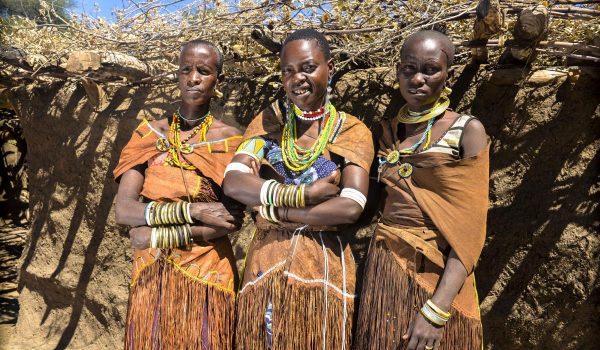

HADZABE
The Hadza are the last remaining hunter-gatherers in Africa. They are comparable to the Bushmen who speak the click language, and unlike any other "click language" to date, their language still contains clicks and pops. This small African Bushman tribe is believed to have been driven out of the Ngorongoro Crater and the Crater highland woodlands about 10,000 years ago by the Maasai and Iraqw (Mbulu), who eventually established their current territory close to Lake Eyasi. The tribe is made up of just over 1,000 residents of the Lake Eyasi area, which is a small population. These African Bushmen rely only on fruit and berry picking and hunting to survive. They never raise livestock or make agricultural products. They may kill enormous wildlife like zebras, giraffes, and buffaloes with their powerful bows, which contain strings made of giraffe tendons, as well as small animals such as dik-diks, baboons, monkeys, large and small birds, and baboons. They use a poison made from a tree they are familiar with to poison the arrows. Hadzabe males frequently go hunting by themselves during the day to provide for themselves and, if any animal is available, to bring home honey, fruit, or game. Depending on what is available, women forage in bigger groups and frequently bring home berries, baobab fruit, and tubers. Foraging for fruit and honey is another cooperative activity involving men and women, and a group of foraging women is always accompanied by at least one adult male. Tourists can either hunt with the men using traditional bows and arrows for their daily subsistence or go fruit and berry collecting with the ladies. During the wet season, the diet consists largely of honey, some fruit, tubers, and intermittent meat. It is not a performance or a "tourist attraction," but a real event that is crammed with African culture. It is not for the faint of heart. . During the dry season, when wildlife is more likely to congregate close to water sources, meat consumption rises. At this time of year, men go hunting in couples and spend the entire night waiting at waterholes in the hopes of shooting animals with poison-tipped bows and arrows as they come in for their evening drink. One of their prehistoric methods was to rub wood from the Commiphora tree to start a fire. The sap from the same Commiphora tree, which is believed to be a mosquito repellant, is another use for some trees. Aloe vera is used by African Bushmen to treat cut wounds, and the Sansaveria tree is used to make a remedy for snakebites. The fruit of the baobab is used to create a delicious beverage. . According to legend, the Hadzabe have lived in the same region for such a long time because of their habit of not using calendars and not keeping track of time. The Hadzabe Bushmen are said to only use the moon's phases to gauge time. They just have the tools they require to survive, such as a few cooking pots and a few bows and arrows. Everyone is treated equally by the culture of these native people.
